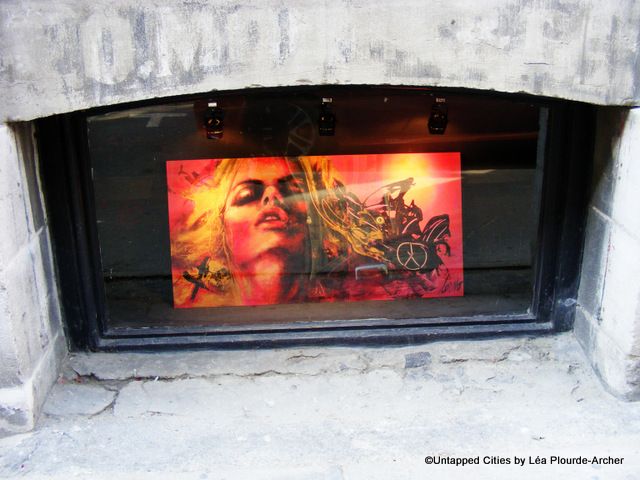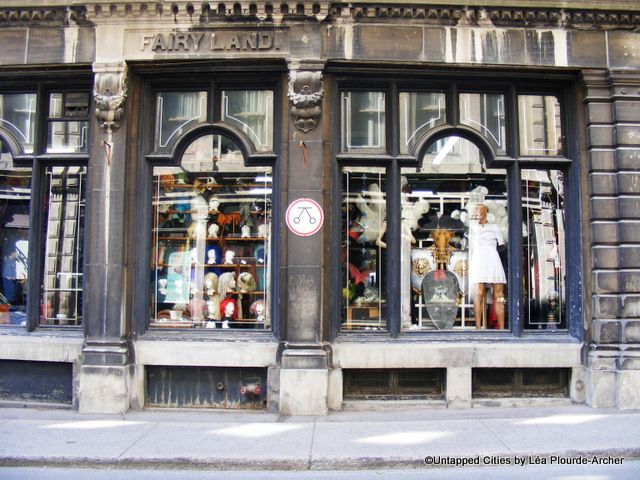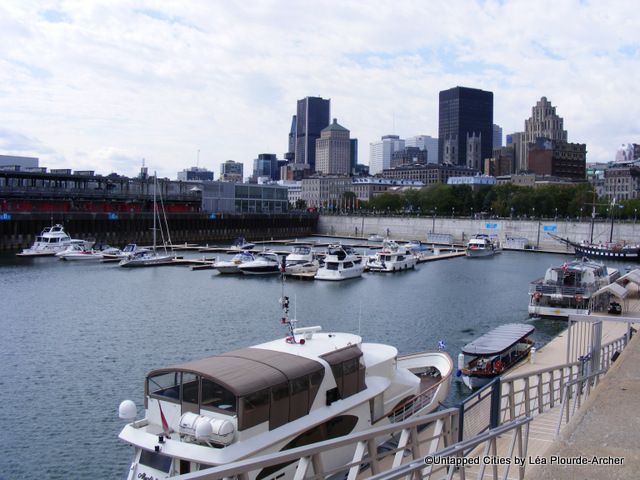See the New Times Square New Year's Eve Ball Up Close
Find out how you can take home a piece of the old New Year's Eve ball!

Like many modern North-american cities, Montreal has a neighborhood that still holds as a reminder of times past.
After its heyday in the 18th and 19th centuries, what is now known as Old Montreal, was left to practical abandon for years. Numerous buildings fell victim to the will of real estate promoters and were replaced by concrete structures. In order to stop the massacre, urban planners, architects and historians came together to protect what was left. Nowadays the old buildings are being renovated into restaurants, hotels, art galleries and designer shops – some of these being among the best the city has to offer.
Very popular with tourists, Old Montreal is often avoided by Montrealers, many of whom come here only once or twice a year. They tend to forget that this attractive neighborhood holds many interesting things to discover. Starting at metro Champ-de-Mars and walking towards metro Square Victoria, here are some places that often get overlooked by people visiting this charming district.

Built in a Neoclassical style, the Marché Bonsecours and its shiny dome have become ubiquitous with the image of Old Montreal. The indoor part is often overlooked. Inside, shops sell locally made products: clothes, jewelry, artisan goods. The market also hosts interesting art exhibits, fashion events and gastronomical fairs.

Though its grounds are not accessible to the public, the St Sulpice seminary is worth the quick look, it being the oldest still-standing building in the city. It is a peaceful spot to set sight upon, especially after visiting tourist hot-spot Notre-Dame Basilica that is located next door.

Former factories and shops have proven to be great spots to open art galleries. Art dealers and artist co-ops have invested in these formerly abandoned buildings, finding them to be ideal because of their tall walls and beautiful architectural details. The following are particularly interesting to visit:
Galerie le Royer, which behind its imposing arched facade, focuses on presenting the work of artists with a strikingly profound, often powerful approach.
Darling Foundry is a contemporary art production center and exhibition space housed in what was previously an industrial part of the city.


Many of Montreal’s high end boutiques are to be found in Old Montreal. It is, in a sense, a throwback to the neighborhood’s former stand as shopping haven to the local bourgeoisie. Even for those with empty wallets, these stores can be interesting to visit as the clothes are often creatively displayed.
Though Montreal’s fashion scene is rather small, designers like Denis Gagnon have managed to make their mark in the international arena. His bold works, worthy of an art museum, can be observed in his namesake shop on St-Paul Street.
Old Montreal is also home to lots of whimsical shops like Noel Éternel, the year-round Christmas ornament store, or the above-pictured Joseph-Ponton costume shop (in business since 1865!)

Their names are often mixed up but they are two different entities: Old Montreal and the Old Port are split by a single train track which can be easily crossed to reach the other side. People who visit the Old Port often stick to the (interesting) science museum and the front edge of the marina. If you venture further, towards the end of each pier, you are treated to some of the best views of Old Montreal and the St-Lawrence River, whilst beating the crowds.
During the summer, outdoor concerts are held at the Jacques-Cartier Pier. Over the last few years, international artists like Muse, Sigur Ros and Portishead have played here. In good temperature, the atmosphere created can be absolutely magical as you witness the sun setting upon the city, whilst the water and wind create surprisingly good sound conditions.
In the 19th century, Saint-Jacques street was the financial core of the city and many banks built their head offices here. This explains the ornate, often opulent architecture that dominates here more than anywhere else in the city. Today, most banks have moved to bigger, more central digs. Restaurants, offices and renowned luxury hotels like the St-James have taken their place. It makes for an interesting stroll for architecture fans.
Another one of those hotels sticks out because of the artworks displayed right in front of its Second Empire facade. Owned by a renowned art collector, L’Hotel‘s main entrance stands between the works of world renowned artists like Robert Indiana and Fernando Botero.
Montreal’s Centre de commerce mondial (World trade center) is home to many interesting works of art, displayed in its attractive glass enclosed public promenade. Most unexpectedly, it is also here that you can find a fragment of the Berlin wall, on display much like a sculpture or public art installation.

Old Montreal is and always will be a tourist oriented district, with all the good and the bad aspects that this can entail. However, it is worth spending time here. Those cute but busy main streets are made to be ventured off of. In the midst, part of the fun is getting lost in the streets that intersect, appearing and disappearing to form a lovely maze.
This article is part of an on-going series on Montreal.
Subscribe to our newsletter